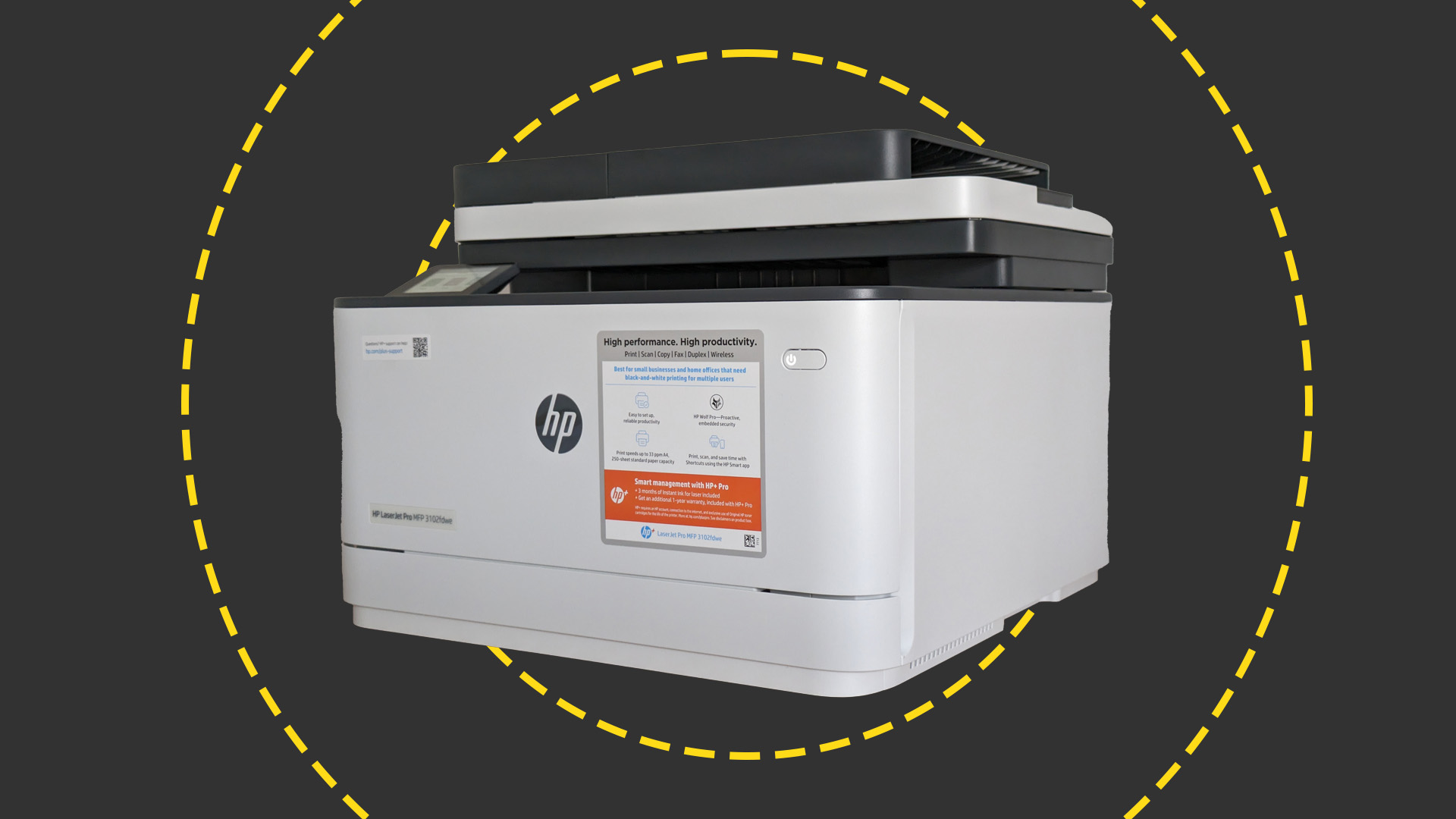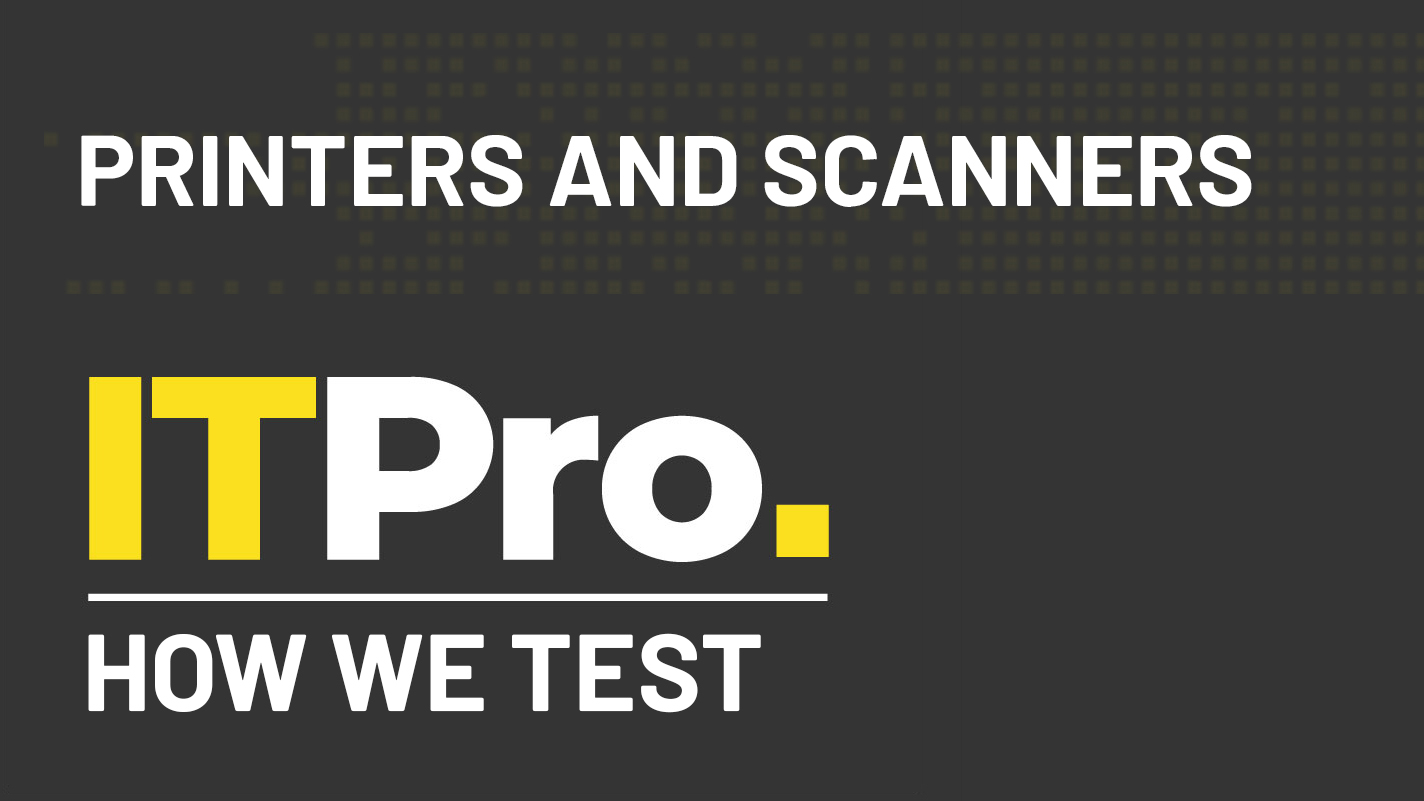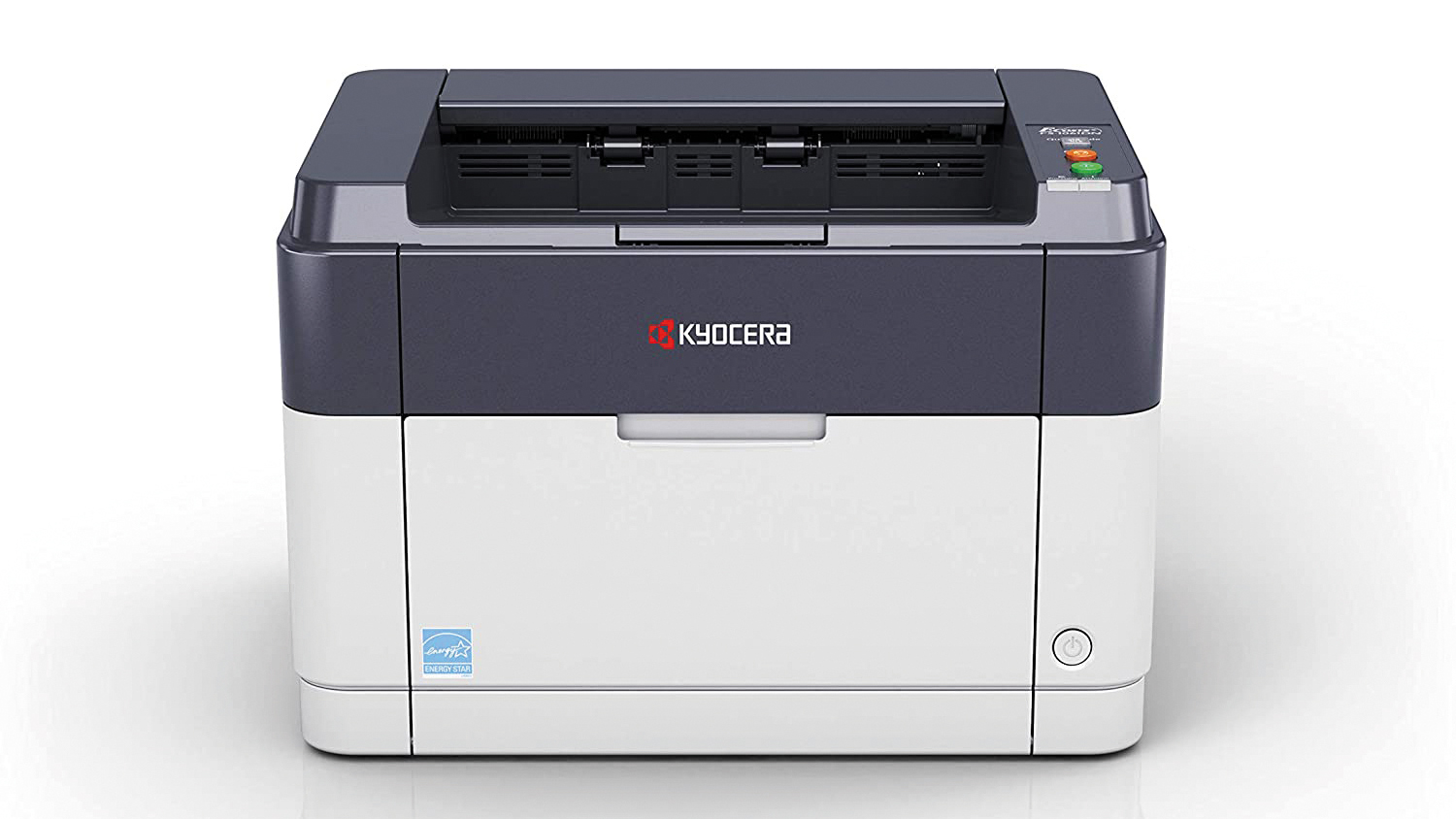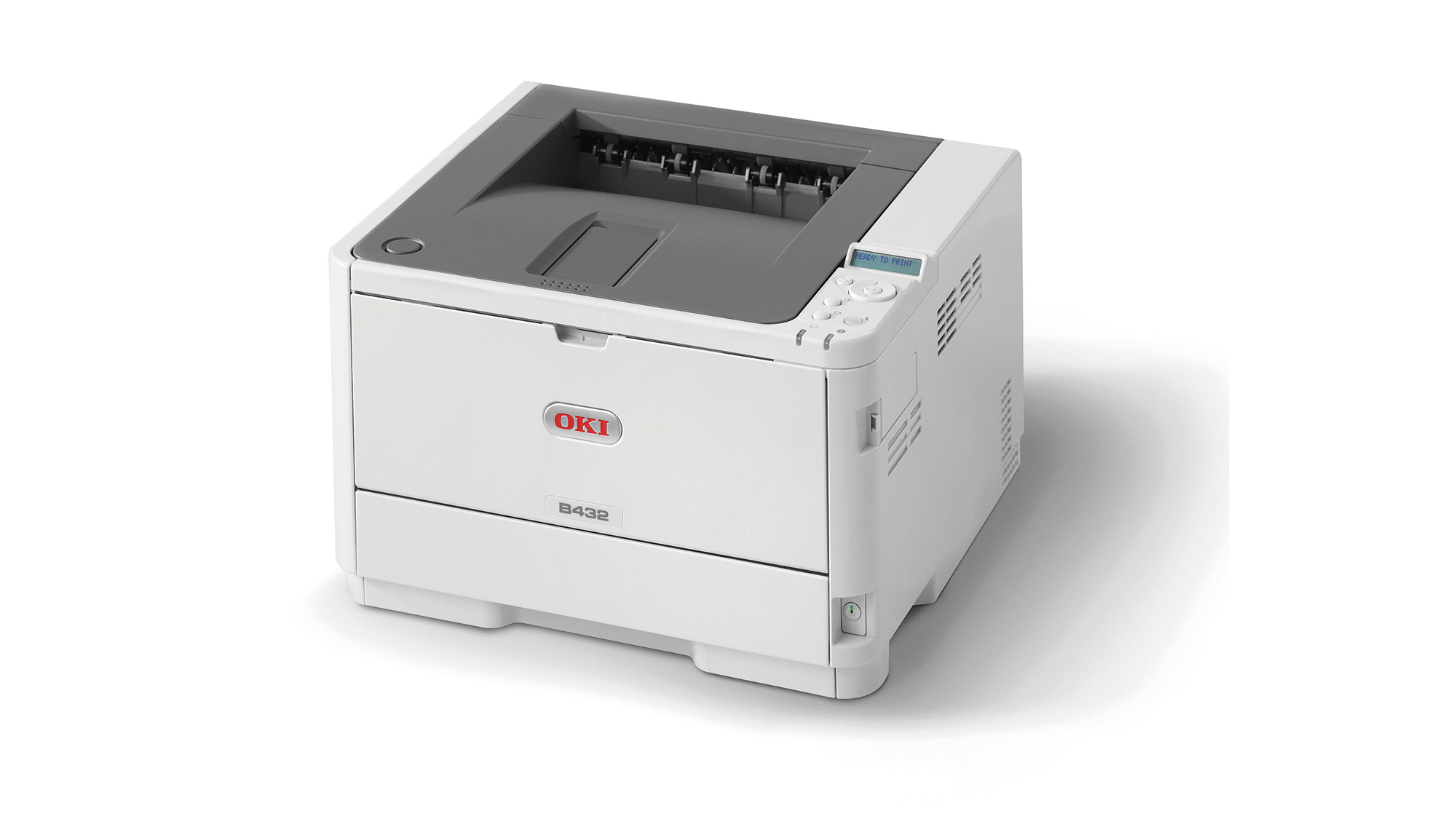ThinPrint Printer Dashboard review: First Look
Managing printers doesn't have to be taxing as Kat Orphanides find outs when she puts the Printer Dashboard management utility to the test.

DASHBOARD HOME SCREEN
Once the agent's installed, all you need to do is refresh the web page. It'll list all the printers on your network as well as any local or logical printer drivers installed on the PC with the agent on it. It'll also display any errors or alerts they're currently experiencing, the number of pages printed (with figures for the the last 24 hours highlighted) and your most used printers.
Because the agent detects any device configured as a printer, it'll not only show network and local USB printers and MFPs, but also Windows' Fax output, XPS document writers and any other utilities that act as a printer device.
Because the agent detects any device configured as a printer, it'll not only show network and local USB printers and MFPs, but also Windows' Fax output, XPS document writers and any other utilities that act as a printer device, such as many PDF conversion utilities. It should also work with NAS -connected printers, although we weren't able to test this. One of our network printers appeared twice; once under the name of the driver installed on the local PC and once under the name we'd given it on the network.
PRINTERS SCREEN
The Printers tab on the left-hand side of the Dashboard lets you view more information about your printers. There are two tabs: one is for network printers, and the other - labelled "Printer objects" - lists all the other printer drivers and other utilities that use the same protocol (such as PDF writers and the Windows Fax interface that we mentioned previously). It's also the only place you'll be able to view any USB printers that are connected to the local PC.
If you highlight any printer, the Dashboard will display some basic information, including how much toner or ink remains and any error messages. Unfortunately, these aren't always easy to interpret. In the case of our Samsung ML-1630W wireless mono laser printer an empty paper tray was indicated by the somewhat arcane message: "subunit empty (input)". Hopefully, cryptic errors like this will be ironed out and replaced with more informative error messages during the beta testing process.
Sign up today and you will receive a free copy of our Future Focus 2025 report - the leading guidance on AI, cybersecurity and other IT challenges as per 700+ senior executives
K.G. is a journalist, technical writer, developer and software preservationist. Alongside the accumulated experience of over 20 years spent working with Linux and other free/libre/open source software, their areas of special interest include IT security, anti-malware and antivirus, VPNs, identity and password management, SaaS infrastructure and its alternatives.
You can get in touch with K.G. via email at reviews@kgorphanides.com.
-
 The six biggest security challenges coming in 2026
The six biggest security challenges coming in 2026In-depth What will be the main challenges businesses face in 2026 and what can they do to prepare?
-
 Channel focus: All you need to know about Microsoft's partner program
Channel focus: All you need to know about Microsoft's partner programChannel Focus The veteran OS developer and vendor continues to advance its strategy, particularly in Azure cloud solutions and AI
-
 Neglecting printer security is leaving you wide open to cyber attacks
Neglecting printer security is leaving you wide open to cyber attacksNews Enterprises are ignoring printer security risks and failing to update, according to HP Wolf Security, leaving them vulnerable to cyber attacks.
-
 HP LaserJet Pro MFP 3102fdwe review: Hamstrung by high running costs and the restrictions of HP+
HP LaserJet Pro MFP 3102fdwe review: Hamstrung by high running costs and the restrictions of HP+Reviews hamstrung by high running costs and the restrictions of HP+
-
 How we test printers and scanners
How we test printers and scannersReviews Everything you need to know about our benchmarking process for print devices
-
 How do laser printers work?
How do laser printers work?In-depth If you’re scratching your head wondering how laser printers work, then we’ve got all the answers here
-
 LED vs laser printers: What should your business choose?
LED vs laser printers: What should your business choose?In-depth Laser and LED printer technology is similar, but each come with their own unique benefits that could make them best for your company
-
 How to troubleshoot printers
How to troubleshoot printersTutorials Our guide to addressing some of the most common printer problems
-
 Kyocera Ecosys FS-1061DN review: Affordable, but uninspiring
Kyocera Ecosys FS-1061DN review: Affordable, but uninspiringReviews Kyocera’s FS-1061DN is a decent mono laser let down by slow and underwhelming graphical prints
-

 Oki B432dn review: A masterful mono laser
Oki B432dn review: A masterful mono laserReviews There are plenty of reasons to feel affection for this powerful printer
